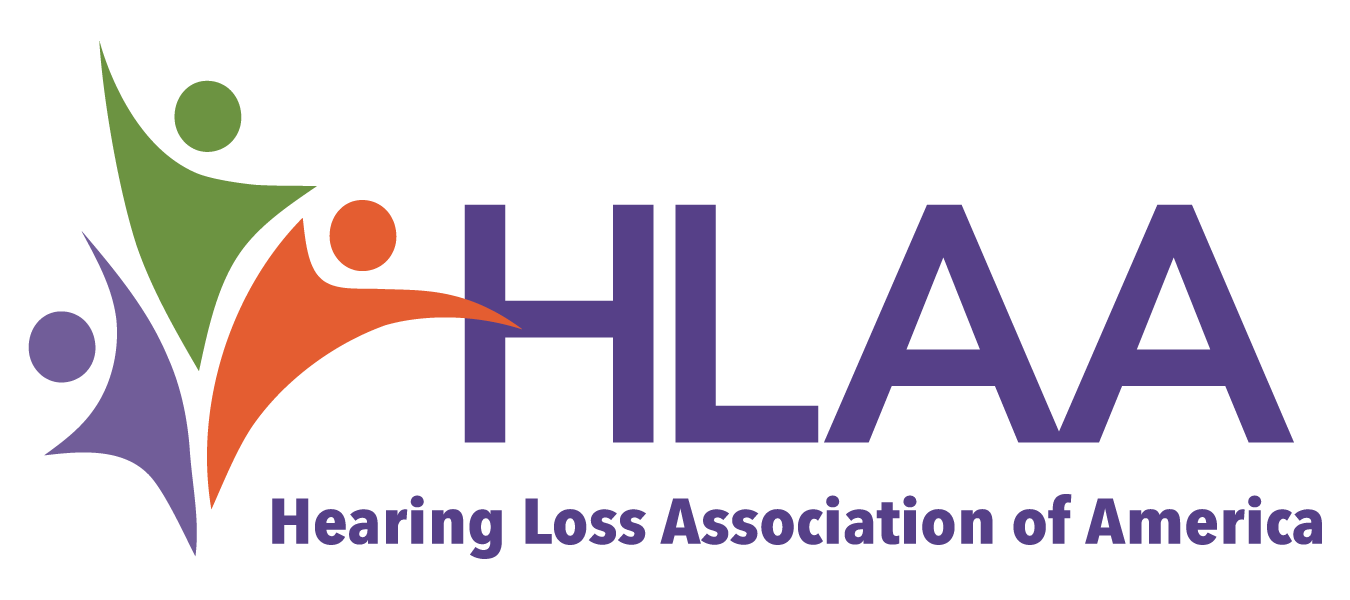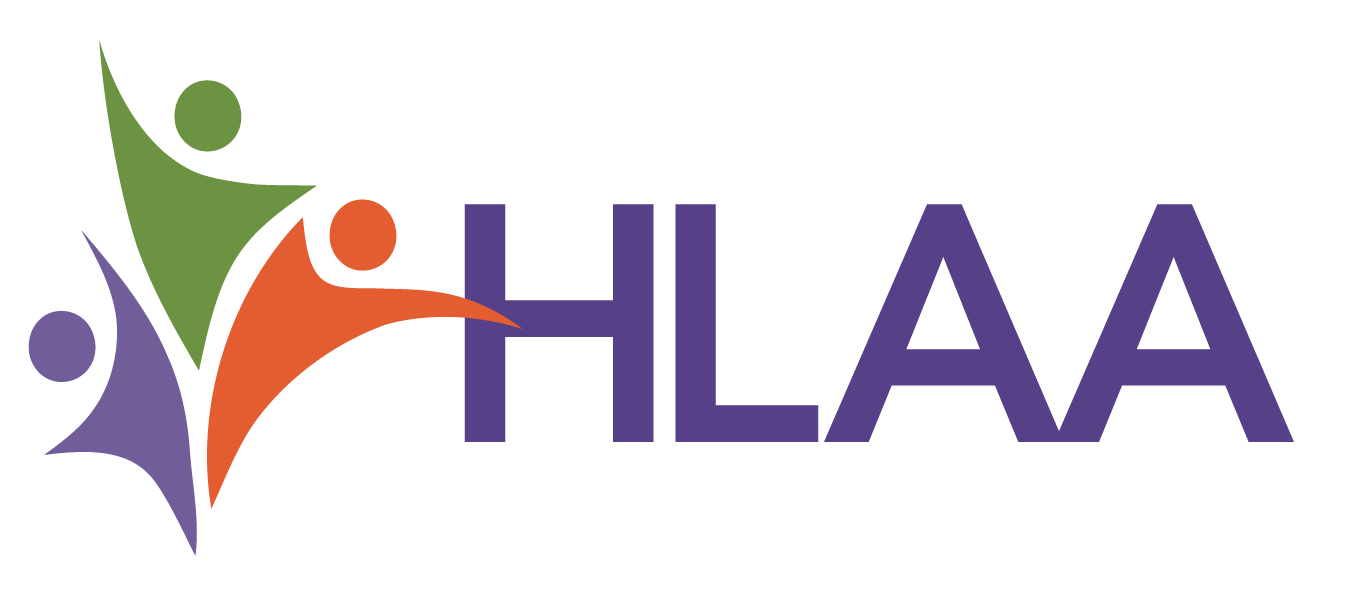
Research Symposium
The Joy of Music/Loving Your Ears
The HLAA 2023 Convention Research Symposium topic was an especially fitting tribute to our New Orleans locale, where music is such a vital thread woven into the fabric of the city. Our panel of four prestigious speakers in the musical and academic fields presented on a range of themes, including music enjoyment and the prevention of hearing loss, resources to protect your hearing while making music and research on music perception.
The Joy of Music/Loving Your Ears Research Symposium is fascinating for anyone with an interest in listening to or performing music, whether classical, rock and roll or other genres. View our promotional video along with panelist presentations, each roughly 15 minutes in length.
Overview of the HLAA 2023 Research Symposium: Joy of Music/Loving Your Ears
Listening Safely to Music and Preventing Hearing Loss
Repeated music exposure can pose a problem for people of all ages, especially younger generations, with the ubiquity of “portable” audio technology. Despite the complexity of the human auditory system, it is not able to distinguish the difference between industrial sounds and music. Indeed, there are many factors of hearing damage that relate equally to the exposure of both music and industrial noise. Marshall Chasin presents an overview of those factors affecting hearing for musicians, as well as environmental strategies, some tricks and the most effective hearing protection to minimize the potential damaging effects of listening to music at home, through mobile devices or in concert venues.
 Presented by
Presented by
Marshall Chasin, Au.D.
Head of Audiology, Musicians’ Clinics of Canada
Music Perception for People with Cochlear Implants
Music perception can be difficult for both cochlear implant (CI) and hearing aid (HA) users due to the devices’ technological constraints and music’s acoustic complexity. This presentation highlights current research innovations to improve music perception for individuals with hearing loss, based on Dr. Karen Barrett’s extensive background at the intersection of science, music and health. She first addresses how musical training interventions and novel research innovations, such as processing strategies and individualized pitch maps, improve music perception. Next, she discusses the resources of the Sound Health Network (SHN)—an interagency collaboration to promote public awareness and research about the impact of music on wellness—to stay up-to-date with music perception and hearing loss research. Wendy Cheng rounds out this segment from a musician’s perspective, sharing her experience of performing with hearing loss while wearing CIs.
Read Dr. Barrett’s blog, What People with Hearing Loss can Learn from Professional Musicians.
 Presented by
Presented by
Karen Chan Barrett, Ph.D.
Auditory Cognitive Neuroscientist & Assistant Professor, University of California, San Francisco
and
 Wendy Cheng
Wendy Cheng
Musician and Director of the Association of Adult Musicians with Hearing Loss
Prevention of Music-Induced Hearing Loss for Performing Musicians: Strategies and Technology
The great irony of being a musician is that the sound produced—the very essence of the musical experience—represents a long-term health risk to the artist. This presentation discusses why musicians are at risk, the five most common types of hearing disorders affecting them and the necessary components of a hearing loss prevention program, including a case history of music exposures, hearing evaluations, sound level assessment and education on music-induced hearing disorders. Hearing protection devices designed specifically for performing musicians are explored, including the proper use of spectrum-neutral high-fidelity earplugs and in-ear monitoring systems as tools to control sound levels without detracting from the quality of musical performance.
 Presented by
Presented by
Michael Santucci, Au.D., F‐AAA
Founder and president, Sensaphonics, Inc.
Research reported in this publication was supported by the National Institute On Deafness And Other Communication Disorders of the National Institutes of Health under Award Number R13DC017913. The content is solely the responsibility of the authors and does not necessarily represent the official views of the National Institutes of Health.

